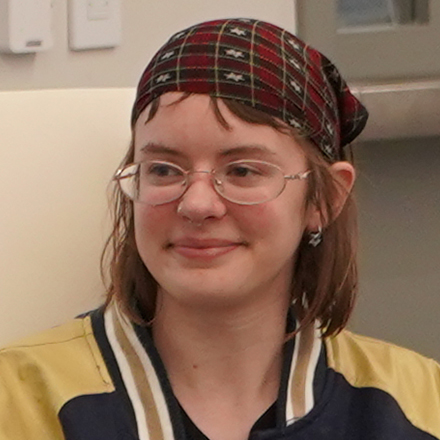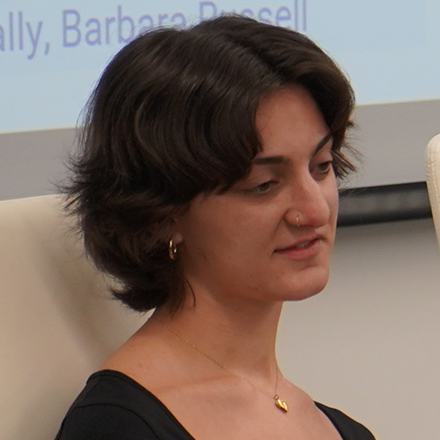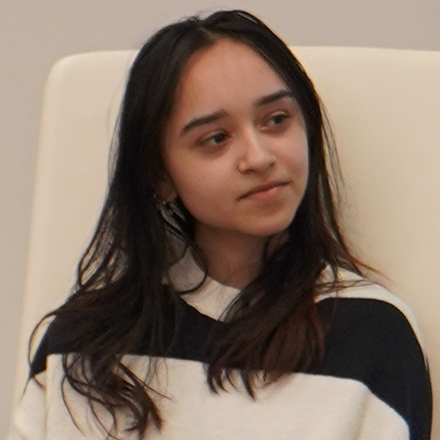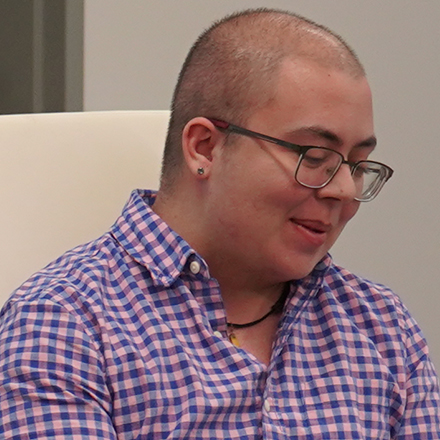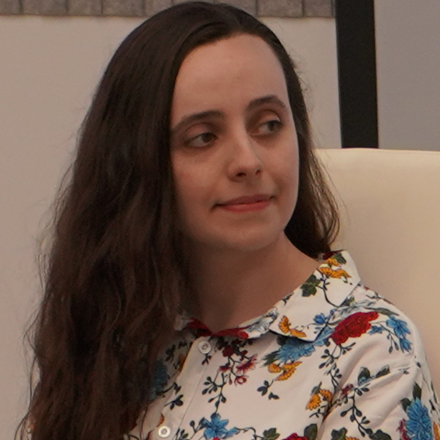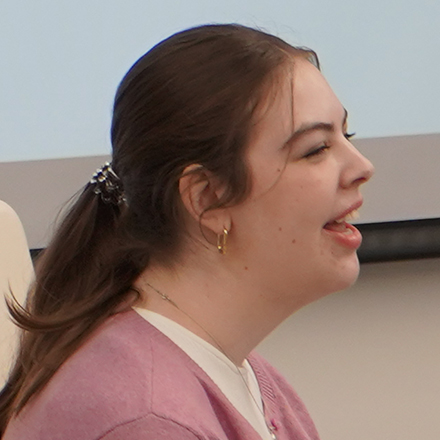‘A Brutalist End to Forbes Field’ examines the acquisition and demolition of Forbes Field ballpark by the University of Pittsburgh for eventual construction of academic buildings. The project utilizes interviews and documents acknowledging pushback from neighborhood/student group Peoples Oakland, as well as internal university meeting minutes and communications, to provide a picture of the discourse surrounding the demolition of the historic structure. The project represents a microcosm of a changing Pittsburgh neighborhood, and considers the potential impacts of urban universities located within neighborhoods.
The researchers' experience involved a lot of contextual research and then narrowing down the topic's scope to a specific building or structure. The researcher did an interview with someone close to Peoples Oakland, and this provided a first-hand account and understanding of the controversy that led the researcher to their subject in the first place. In the future, the researcher hopes to work more with the archives, and pairing this research with talking to older residents in oral histories about Pittsburgh.

